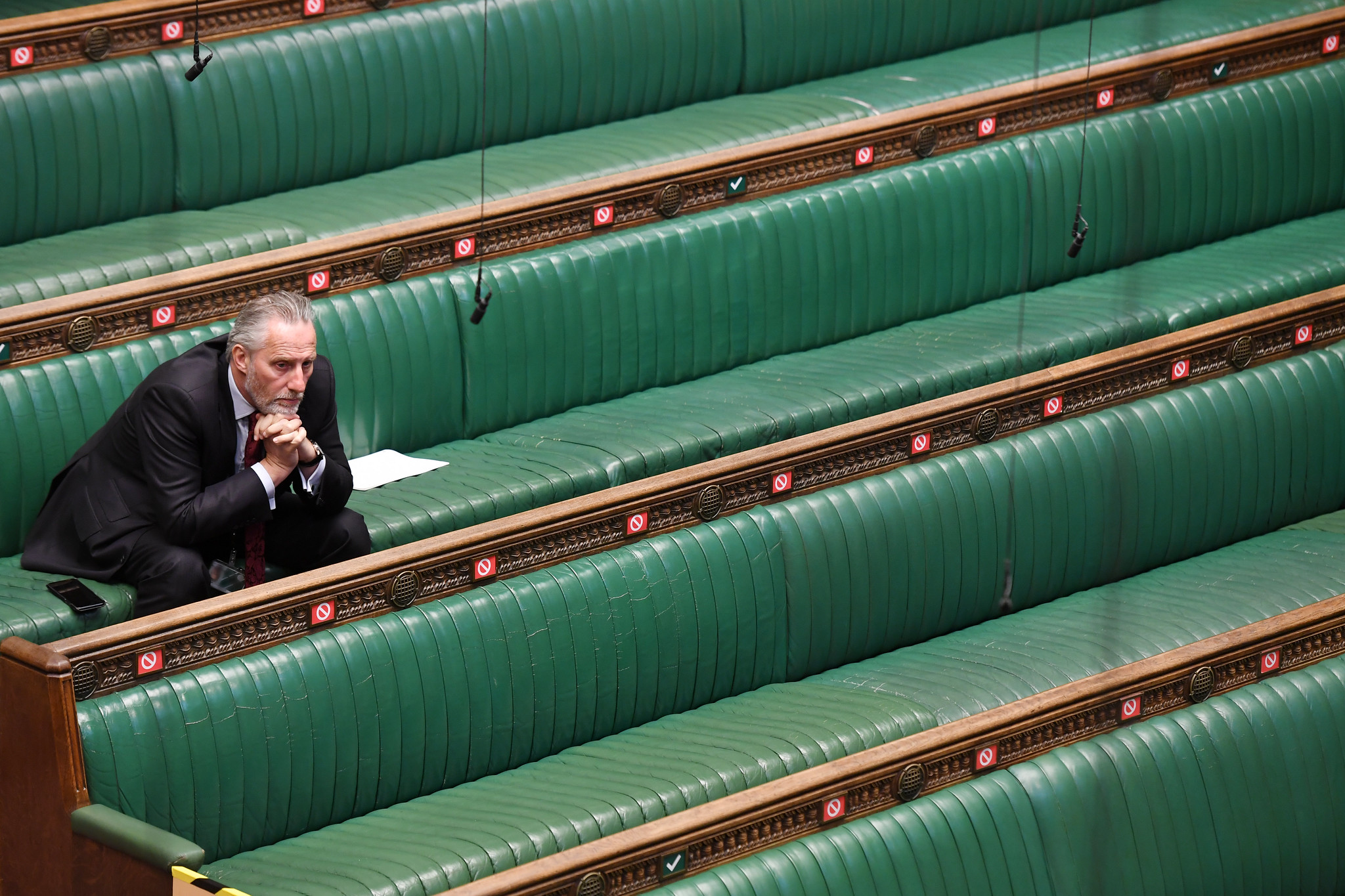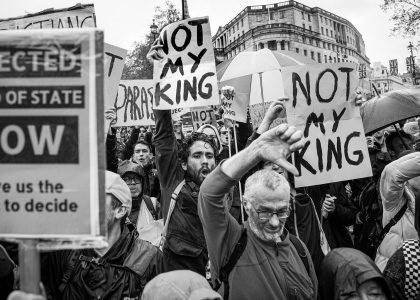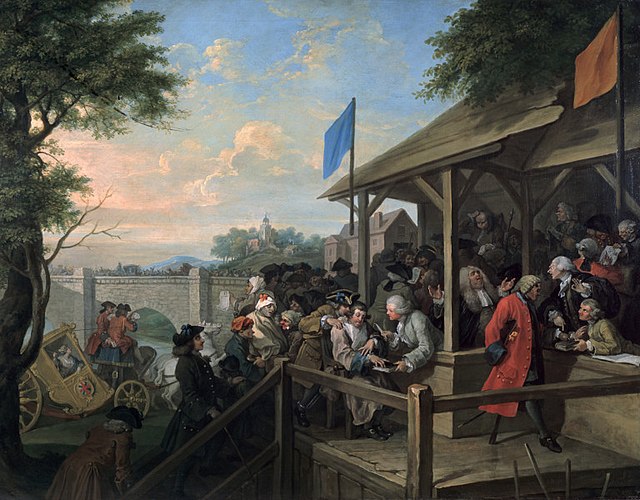Toby James, University of East Anglia
The phrase ‘”all politics is local” is commonly used in politics. It is said to originate from US politics to refer to the idea that politicians “need local skills to win the primary election that gets them into their safe seat”.
Another usage (which I prefer and maybe made up…) is that politics affects the everyday and the local communities within which we live. In a democracy, the votes that are cast at a local level can have important effect on us all. The national picture is important – but also represents the choices that we all make at the local level.
I’m based at the University of East Anglia (and was born in Norfolk), so it was a pleasure to commentate for BBC Radio Norfolk, Suffolk and Cambridge on the night of the 2014 UK General Election overnight as the results come in, from 10pm til 5am in the morning.
The three counties were historically very blue. However, Labour (and Lib Dems) have historically won seats when there is a change of government so that have an important role to play in the national picture. As the sunset in East Anglia (photo below) – would change come to East Anglia? Would it be an ‘electoral bellweather’? A microcosm of the national picture?

Change they did.
The election brought new political representation for Norfolk. The Conservatives lost four seats with Reform winning in Great Yarmouth and the Greens winning Waveney Valley (a constituency also in Suffolk). Meanwhile took Norwich North, South West Norfolk and South Norfolk – the latter for the first time since 1945. The Lib Dems returned to North Norfolk – long the seat of Norman Lamb.

In Suffolk, Labour picked up three seats from 2019:

Cambridgeshire also saw also Labour and the Lib Dems flip seats:

Overall, East Anglia is looking much more rainbow coloured:

The wider patterns are below:


General lessons?
The Labour government has won a landslide of 1997-style proportions. This means a swift change in power in Westminster and East Anglia has played an important role in this story.
The Labour vote share did not increase substantially, however. Instead, they benefited from the tactics of other parties.
The rise of Reform ate away at Conservative vote shares which led to blue seats changing colour. Reform effectively split the vote share on the right. By contrast, the left appear to have voted tactically and look well co-ordinated.
Turnout was also low – also not giving a ringing endorsement to any party overall.
It’s therefore a reminder that is not just the votes that matter, but the electoral rules – and whether parties can co-ordinate and collaborate as well as compete. The UK is a diverse multi-party, rainbow coloured country. The same is true of East Anglia – and the East Anglia section of the green benches in Westminster will now represent this.






